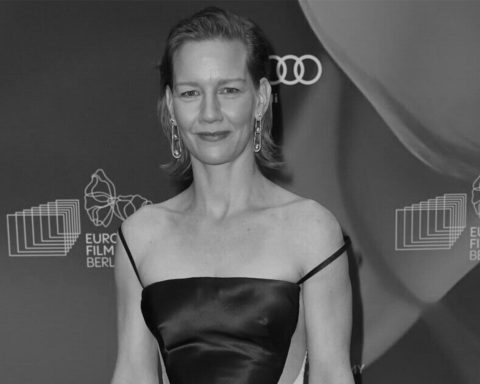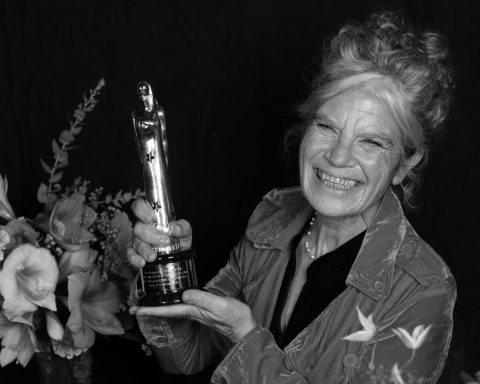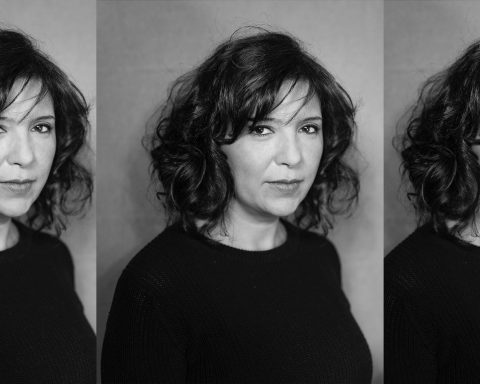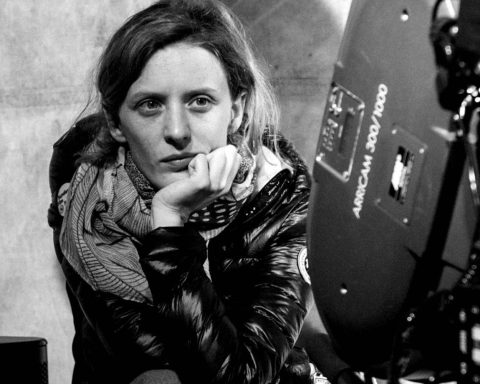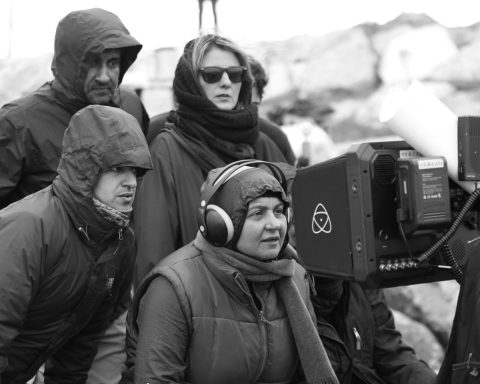Born in 1984, Anna Sofie Hartmann grew up in the rural town of Nakskov in Denmark. A year at the European Film College in Arhus was followed by a move to Berlin, where she worked in the studio of artist Olafur Eliasson. In 2008, she enrolled at the Deutsche Film und Fernsehakademie in Berlin. “Limbo” is her debut feature that screened in the Kutxa New Directors section of this year’s San Sebastián Film Festival.
At the aforementioned film festival, Tara Karajica talks to Anna Sofie Hartmann about her first feature film and next projects.
What prompted you to make this film? How did the idea come to be? What is the message that you wanted to convey with Limbo?
Anna Sofie Hartmann: In the last two years, I’ve thought a lot about what it is to be a woman and I’ve been confronted with it myself. How there are certain expectations of how to act, how be and what is our place in society. I thought a lot about the history of feminism and I wanted to have a film that took place in the city I come from. This city is like a lot of other small cities and it’s dying out and has a lot of problems. The idea came because I am very curious about young people. The year before I started writing the script I went there to do a photo project – I like to do photography –. As I did these interviews and took these portraits of these kids, I thought “Oh! They’re really easy to talk to!” And then, the idea came to have this young girl who’s finding out who she is and to have the teacher who is sort of my age also trying and figure out who she is.
Why did you choose to shoot the film there?
A.S.H.: I feel very connected to it. I know all the spaces and I really thought it was interesting to have a city that is very specific and has very specific problems but at the same time I really think they’re everywhere. It’s not explicitly negotiated in the film but this city had big economic problems and it’s a part of Denmark that’s always been talked about negatively. There are a lot of problems with unemployment and people are struggling to figure out who they can be now in the post-industrial age. You know, I’ve been away for so long, so for me where I come from has some sort of almost mythical dimension. I can imagine stories taking place there and at the same time it’s very concrete so I wanted to have this very concrete city, this very concrete space that has a very concrete history. That was the atmosphere I was interested in also.
I thought a lot about the history of feminism and I wanted to have a film that took place in the city I come from.
Can you talk about the casting and shooting process?
A.S.H.: I had a friend from Berlin who is also a filmmaker come to Nakskov and we went together to meet the kids. We had a little thing posted on the school’s website that we were looking for people and we just sort of met with them and talked. I’ve been helping with castings for other people also and I always found that from a normal conversation you learn so much, immediately how people move… And, that went pretty smooth. We cast two months before the film and it all went pretty fast and all the kids in the film come from the school. I didn’t make them act or anything. For the role of Sarah, we did some improvisations, and at one point they met with Sofia who plays Karen.
What are your next projects?
A.S.H.: It’s at a very early stage but I am still attracted to this island I am from and there are so many weird, interesting, curious faces. But, it’s so early to talk about it…
This interview was conducted at the 2014 San Sebastián Film Festival.



